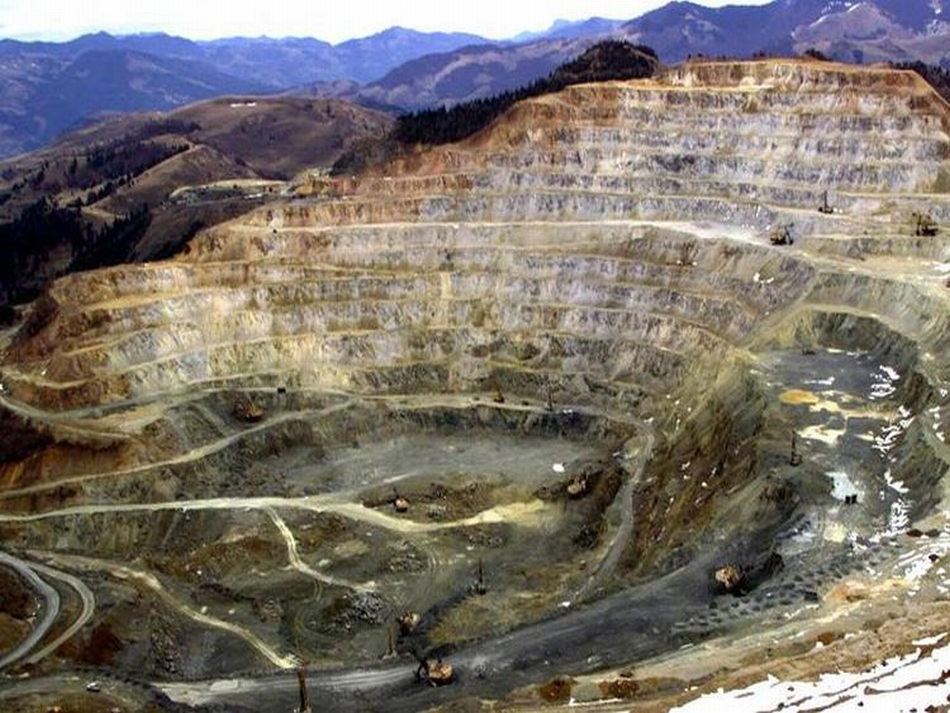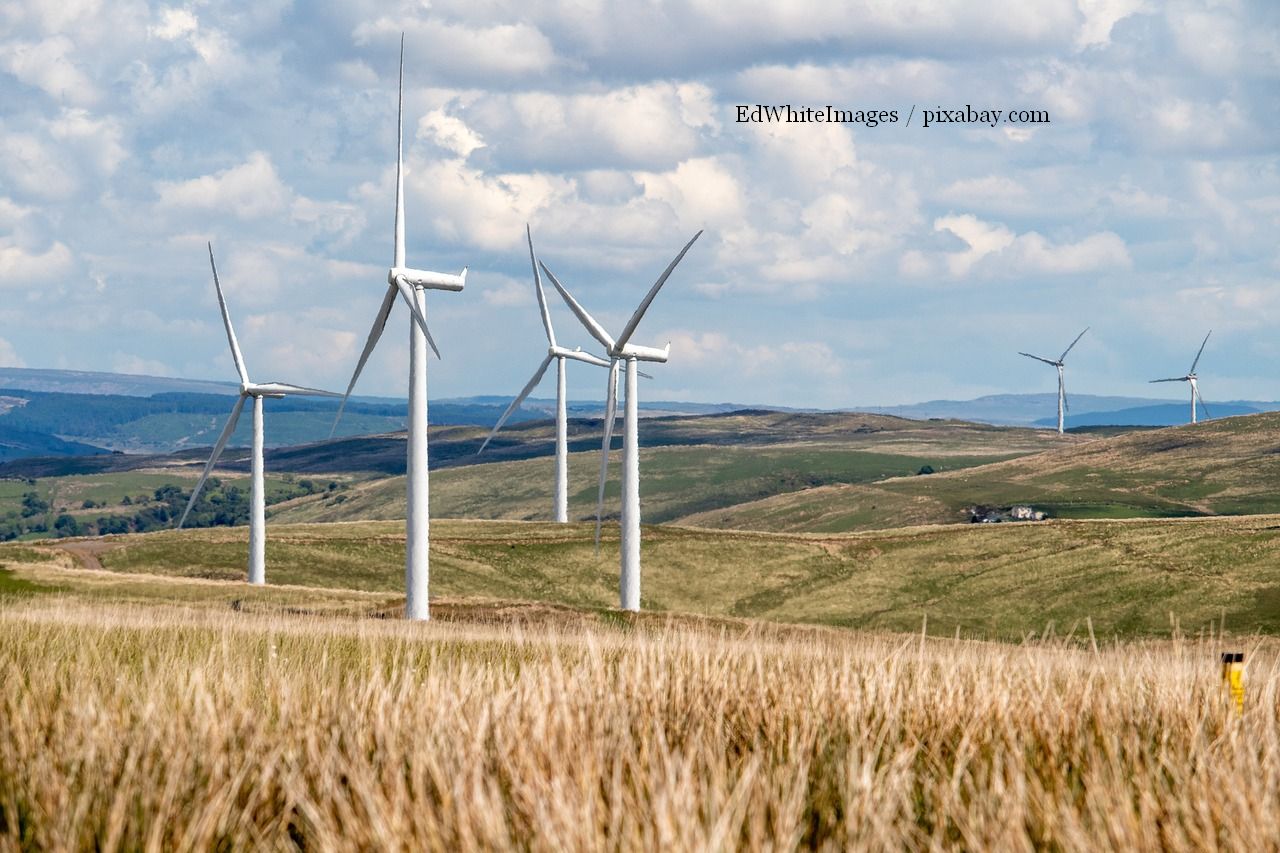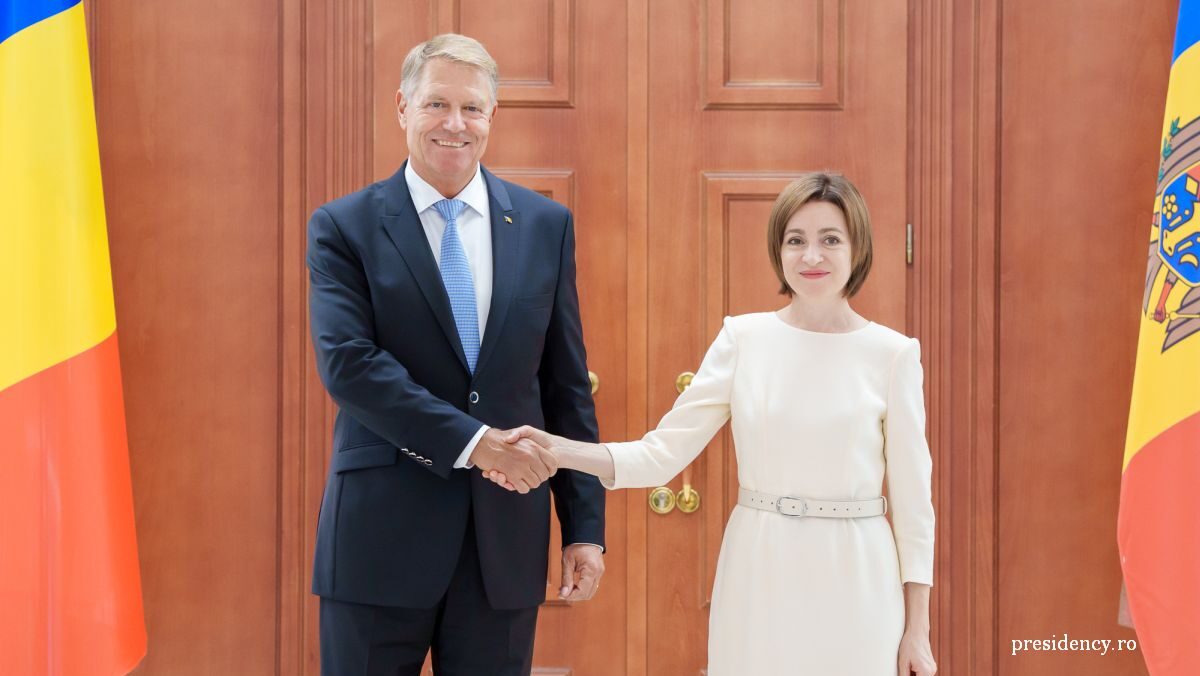Gold and Cyanide
In 1999, the Romanian state granted the Canadian Rosia Montana Gold Corporation a licence, valid for 20 years, to exploit the gold deposits in the Apuseni Mountains. Ever since, this mining project has been dividing Romanian society into two camps: people, who, alongside environmentalists and historians, are opposed to the project, saying the conservation of the environment and the architectural heritage of the area should prevail over economic considerations, and those who say the project would rescue an area faced with serious unemployment. Recently, the mining project in Rosia Montana received a favourable opinion from the environment ministry and is now to be voted on in Parliament. Thousands of people have taken to the streets of Bucharest and other cities in Romania as well as in Paris, New York and Brussels, calling for the project to be halted.

Corina Cristea, 19.09.2013, 16:54
In 1999, the Romanian state granted the Canadian Rosia Montana Gold Corporation a licence, valid for 20 years, to exploit the gold deposits in the Apuseni Mountains. Ever since, this mining project has been dividing Romanian society into two camps: people, who, alongside environmentalists and historians, are opposed to the project, saying the conservation of the environment and the architectural heritage of the area should prevail over economic considerations, and those who say the project would rescue an area faced with serious unemployment. Recently, the mining project in Rosia Montana received a favourable opinion from the environment ministry and is now to be voted on in Parliament. Thousands of people have taken to the streets of Bucharest and other cities in Romania as well as in Paris, New York and Brussels, calling for the project to be halted.
Some say the state’s profits are too low, others are concerned about the impact on the environment of an open-pit mining project of this scale, while yet others are opposed to the technology used in the gold mining process that involves the use of cyanide. The waste product resulting from the mining process is to be deposited in a large decant pond. The representatives of the Canadian company say experts have verified the safety of the pond, arguing that the technology used poses no threat.
The vice-president of the environment department of Rosia Montana Gold Corporation, Horea Avram explains: “Before reaching the pond, the waste product will be neutralised so the cyanide concentration will not exceed 3 mg/l on an average. The main quality of this type of waste product is that it degrades naturally. The information according to which the cyanide remains in the decant pond is therefore wrong. As soon as the exploitation ends, within 2 or 3 months, the level of concentration drops below 0.01%, which is tens of times lower than the limit established by the European Union and Romania.”
Some of the residents of the area also staged protests, while several miners barricades themselves underground for a few days calling for the start of the mining process. They say mining is the only way to prevent unemployment and poverty in the region. On the other hand, the Alburnus Maior Association, which has been opposed to the project for years, argues that it is not worth implementing a project that may have a devastating impact on the region’s environment for the sake of only 600 jobs. A special parliamentary committee will look at the arguments of each side and then present Parliament with an overview of the situation. If the project is rejected, the Romanian state may pay over 2 billion dollars in damages representing the 550 million dollars invested by the company so far and its estimated profit. Ionel Blanculescu, an advisor to the prime minister, tells us what the company’s investment has consisted in so far:
“According to the documents presented by the company and the government, the most significant investment is a geological survey which I’m told lasted around 7 years. This is an extremely extensive survey that cost 98 million dollars and involved 1,200 drillings at a depth of 300 metres, every 10 metres. Samples were taken and analysed by two different labs. There were also costs related to relocation and the building of houses in the area. There are also 500 employees who, I understand, have been involved in activities related to heritage, and the Roman galleries, as well as management costs.”
300 tonnes of gold and 1,600 tonnes of silver may be extracted from Rosia Montana, says the Canadian company, which makes Rosia Montana the third largest deposit of its kind in the world. Moreover, a significant amount of rare metals is believed to exist in the area, which some voices say is the true purpose of the project. Rosia Montana Gold Corporation is to pay the Romanian state 6% of the total value of its output, a level which has been increased from the initial 2%. Based on the value of precious metal, Romania would receive around 1 billion dollars. The mining project would last 25 years, of which 2 are needed for the building of the mining infrastructure, 16 years for the mining activity as such, while another 7 years are needed to rehabilitate the area and close down the mine.
Prime Minister Victor Ponta says Romania must exploit its resources in compliance with European standards and that public debate will reveal the essential aspects connected to the project, given that the information that has circulated in the last 15 years has generated a lot of confusion.






























